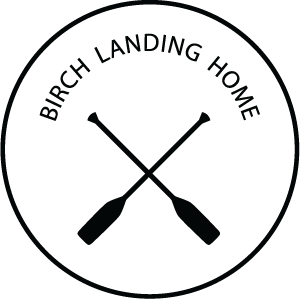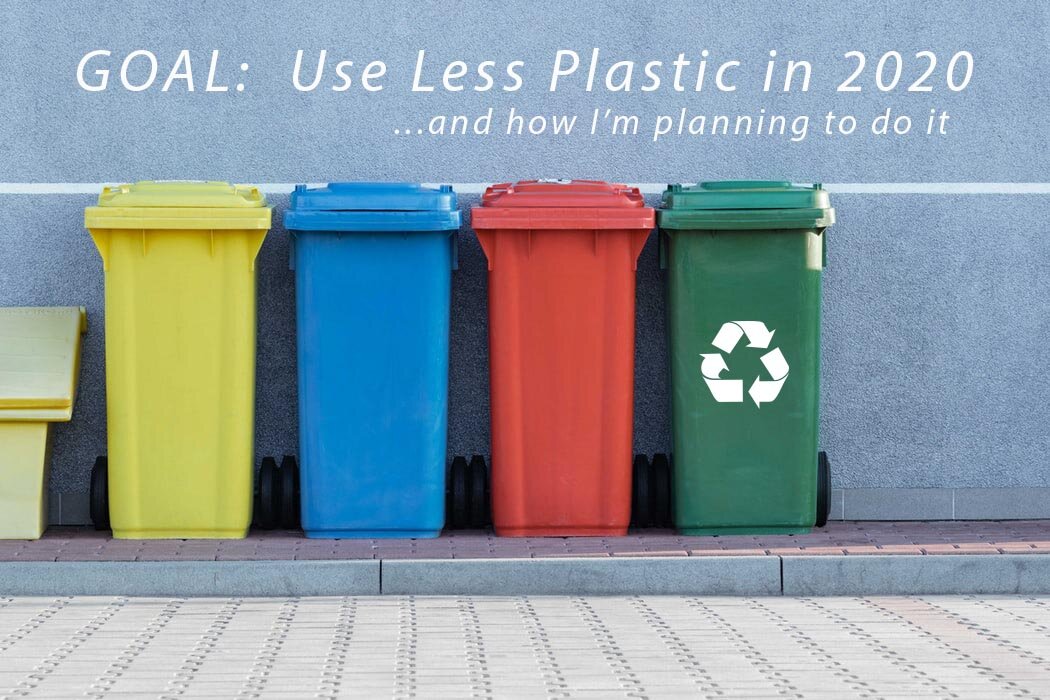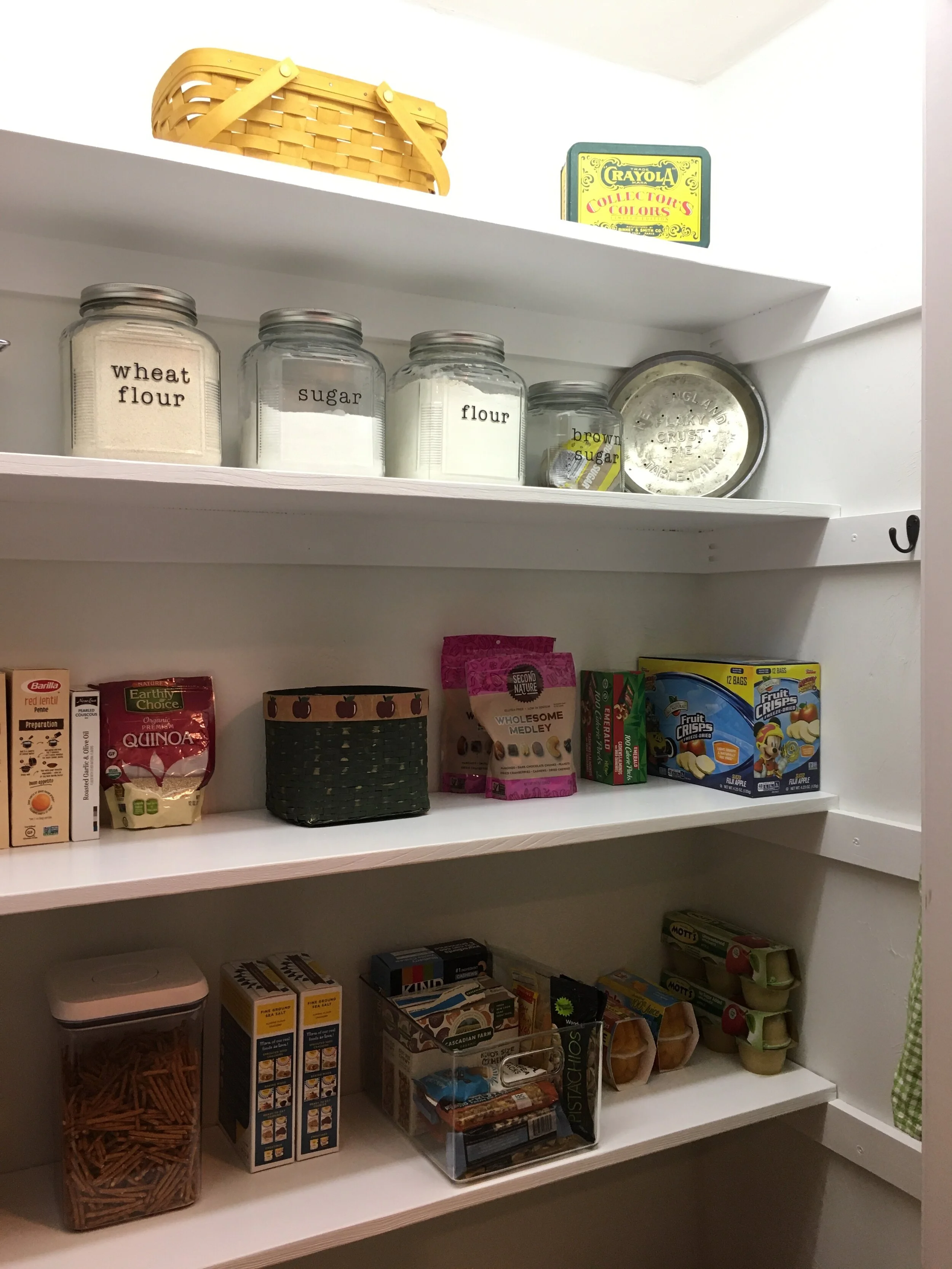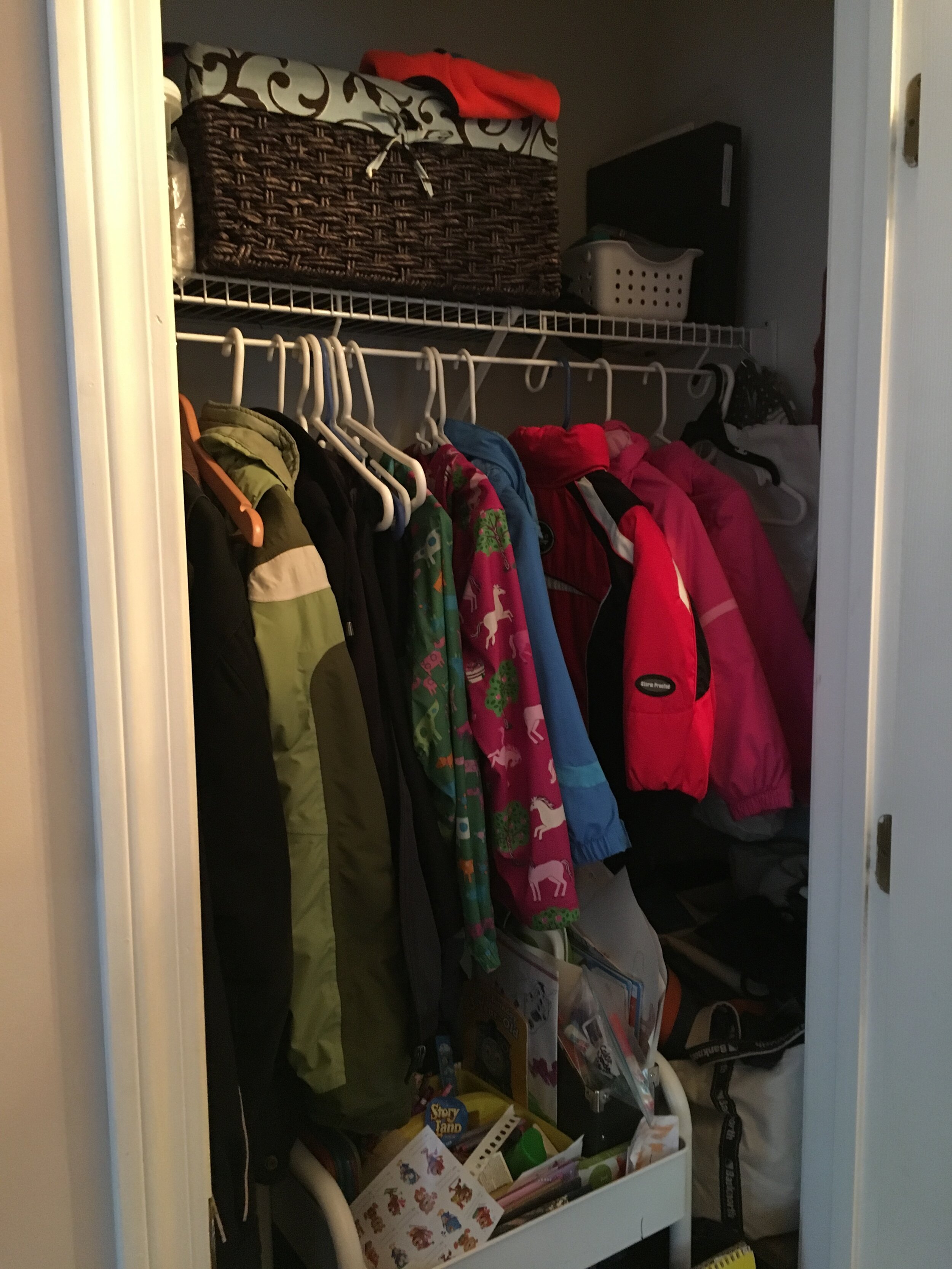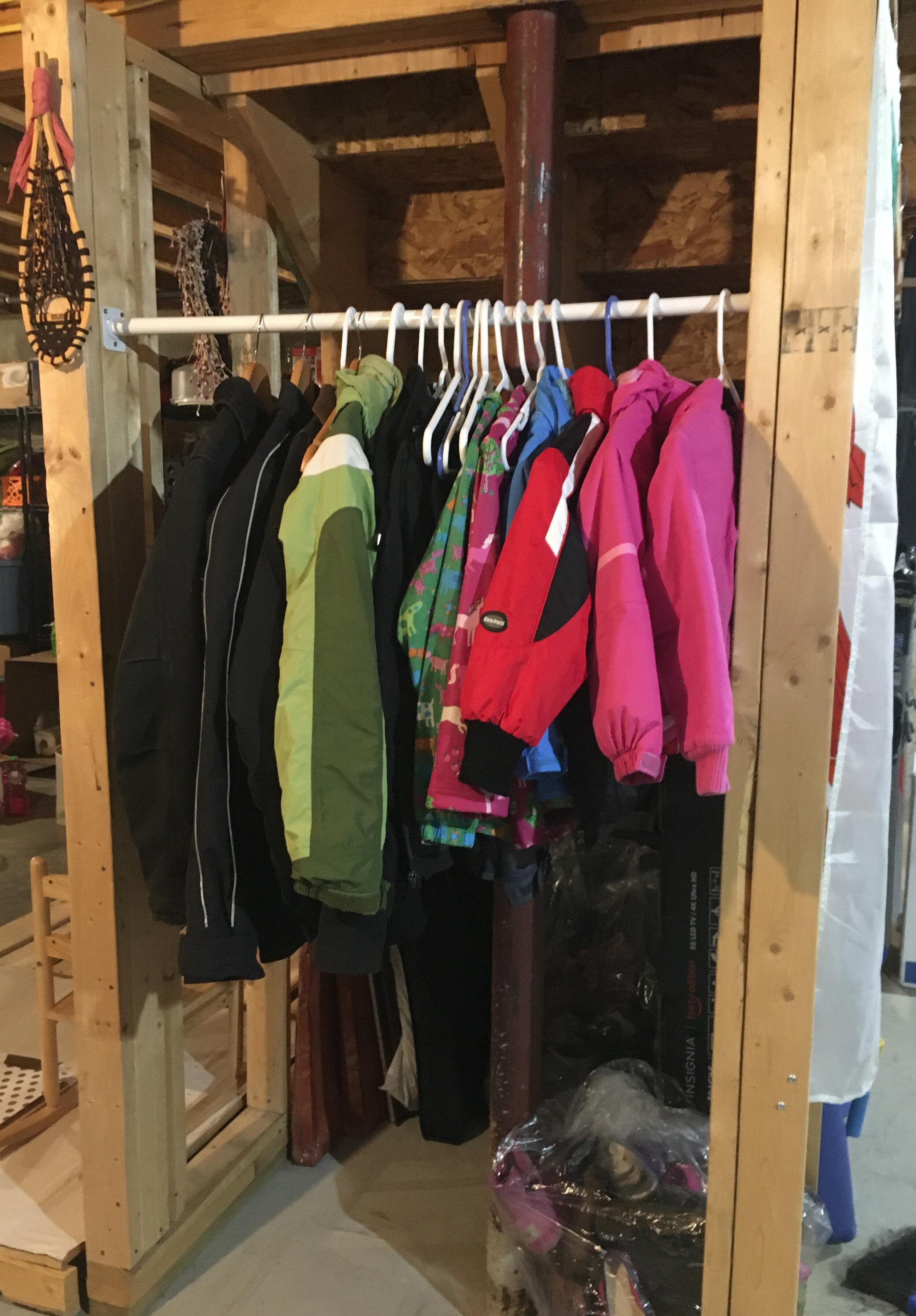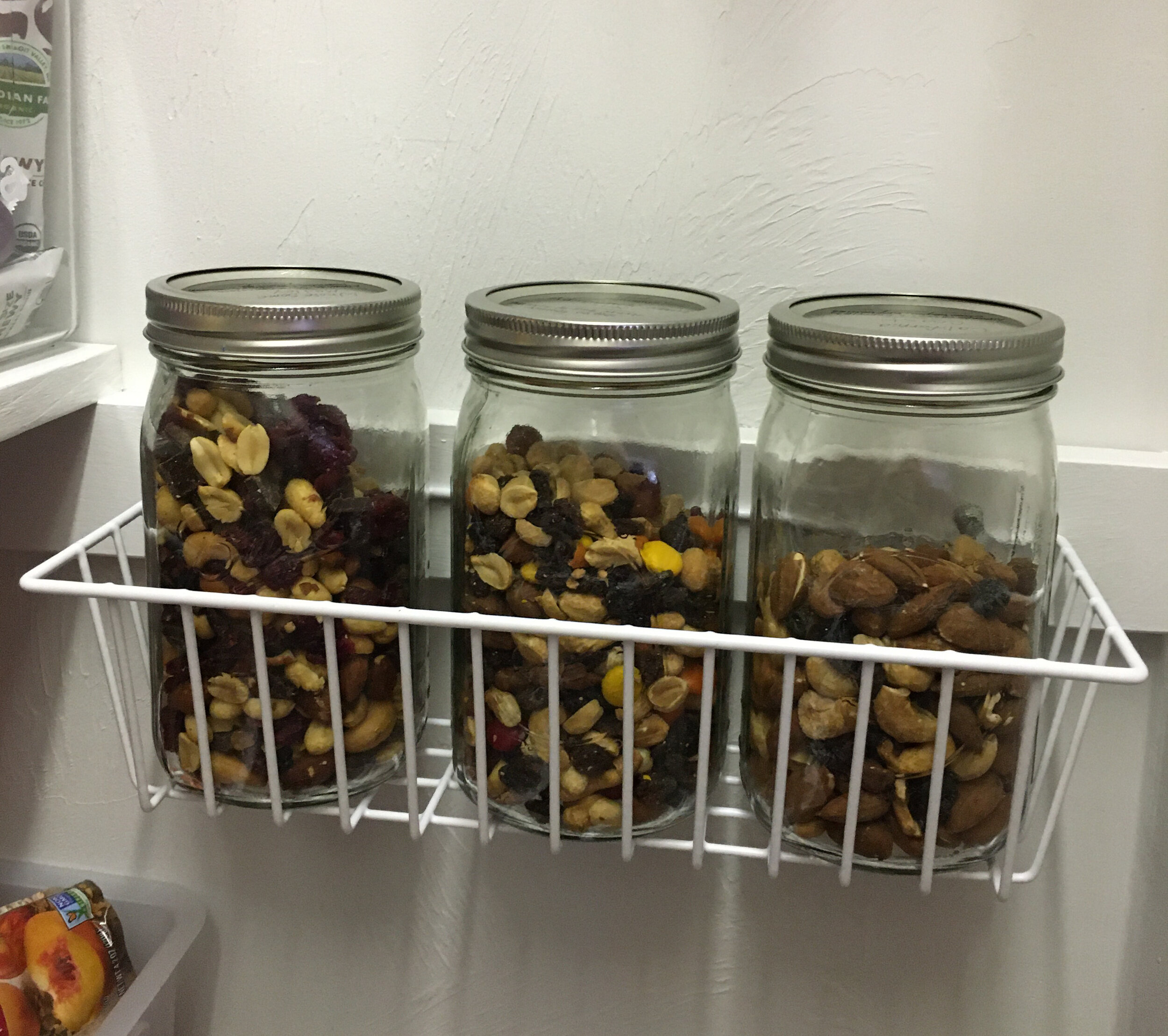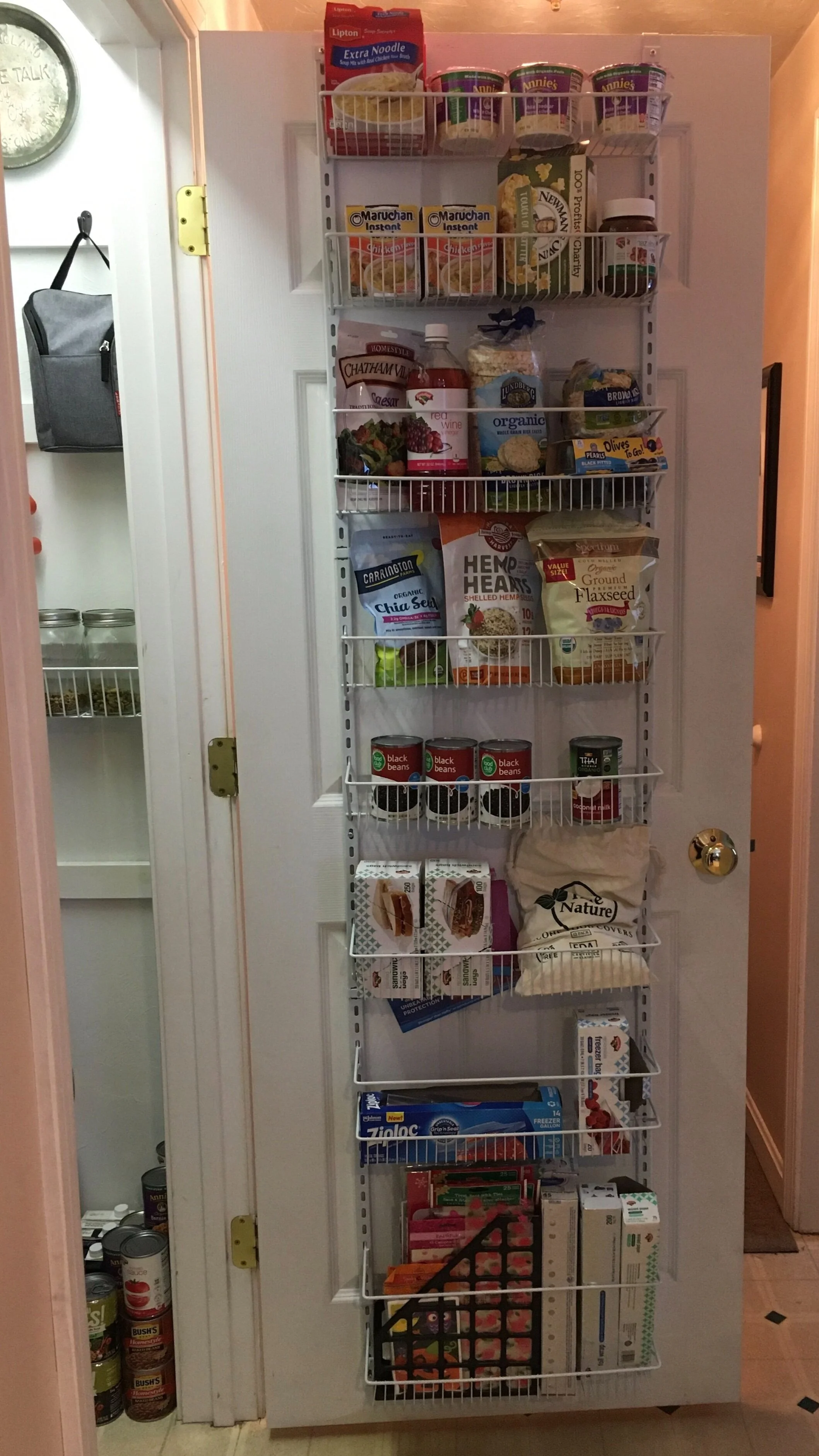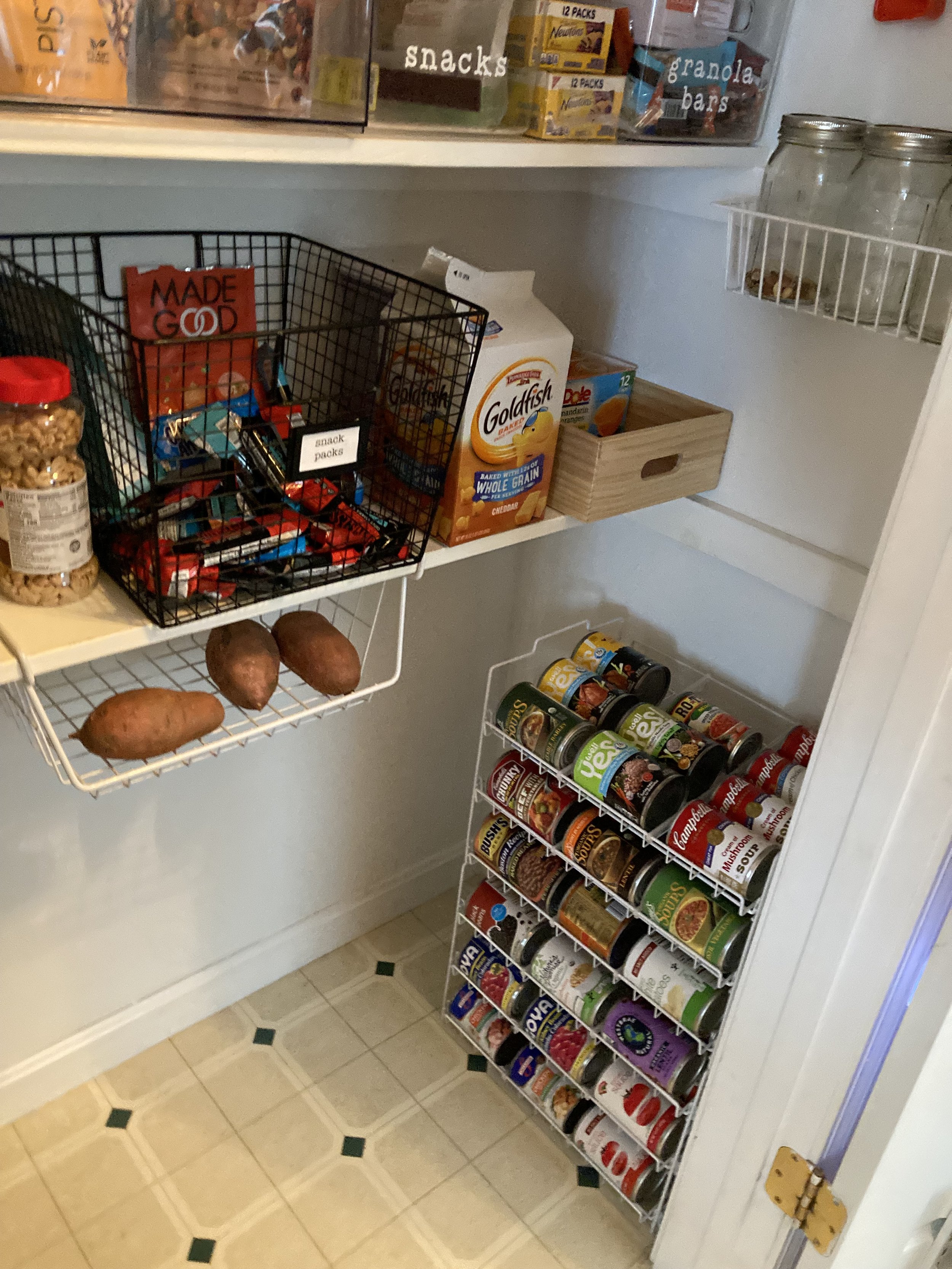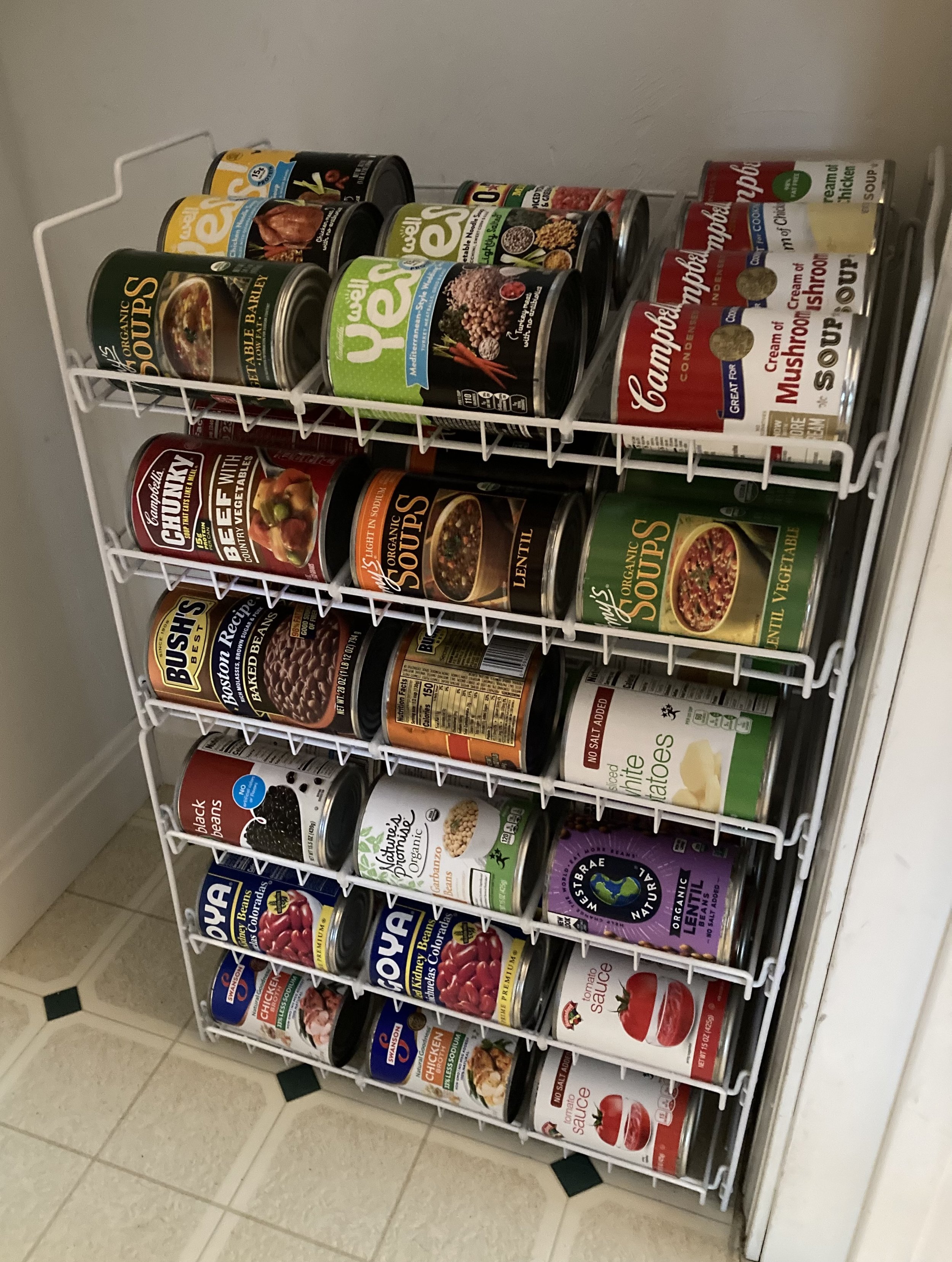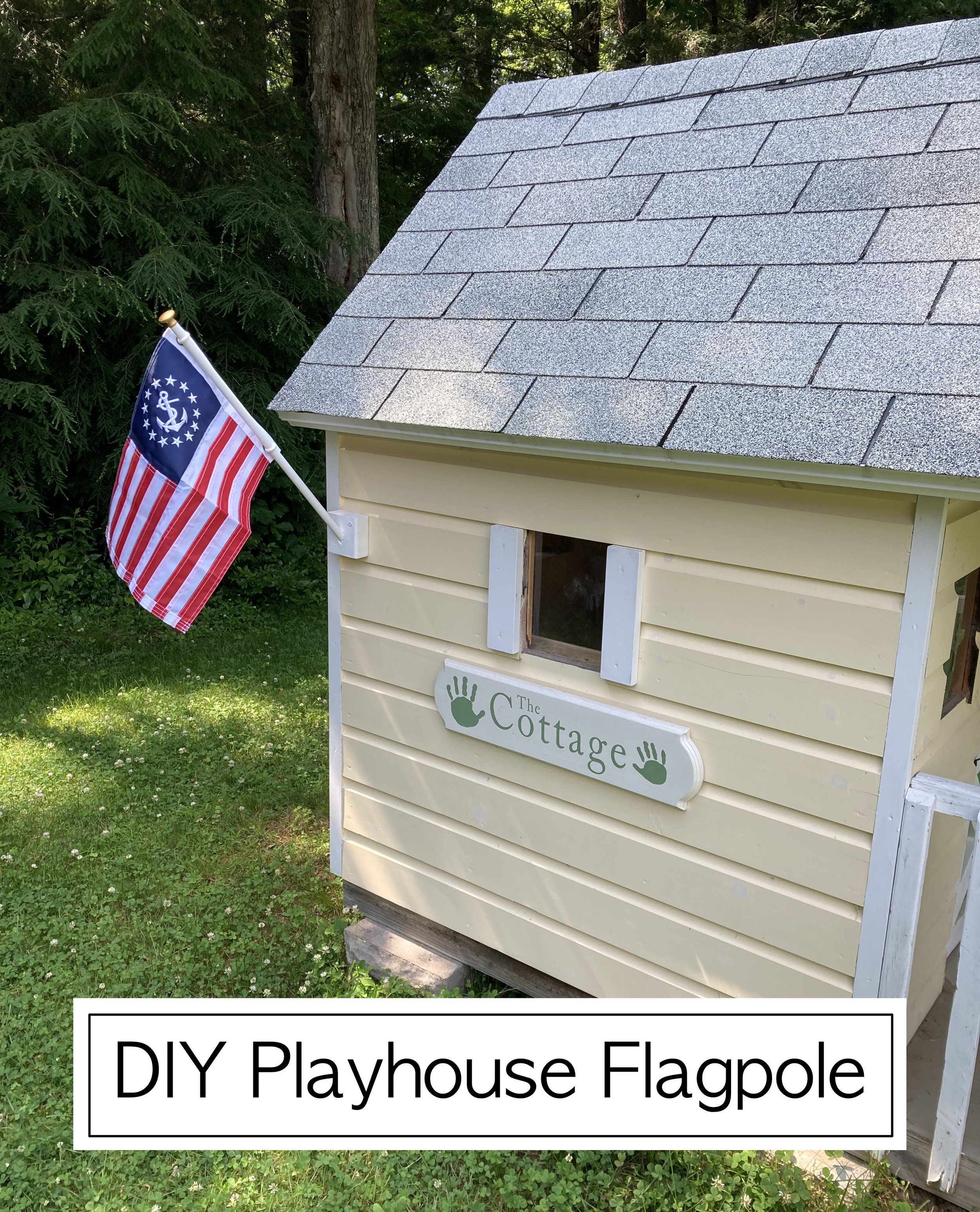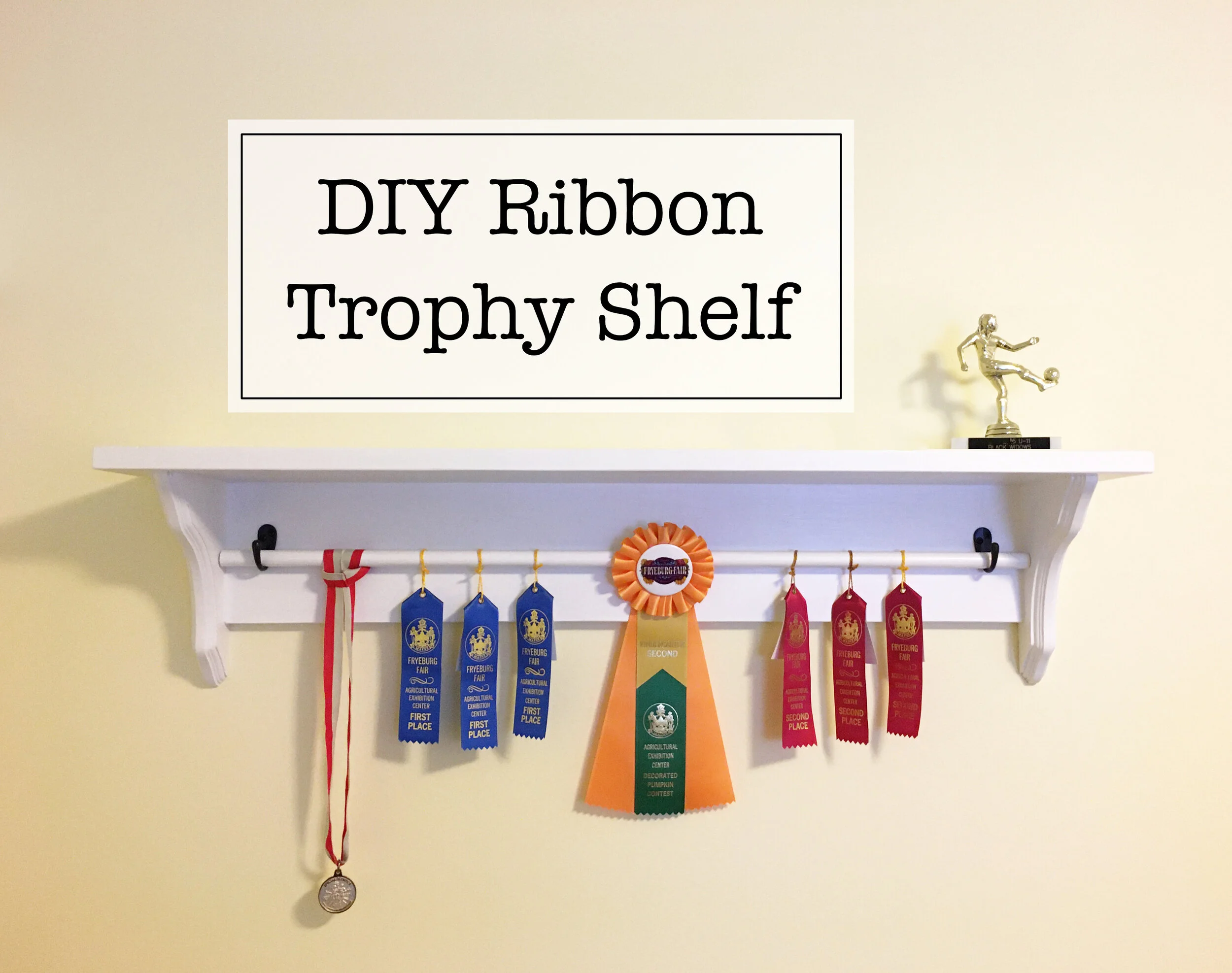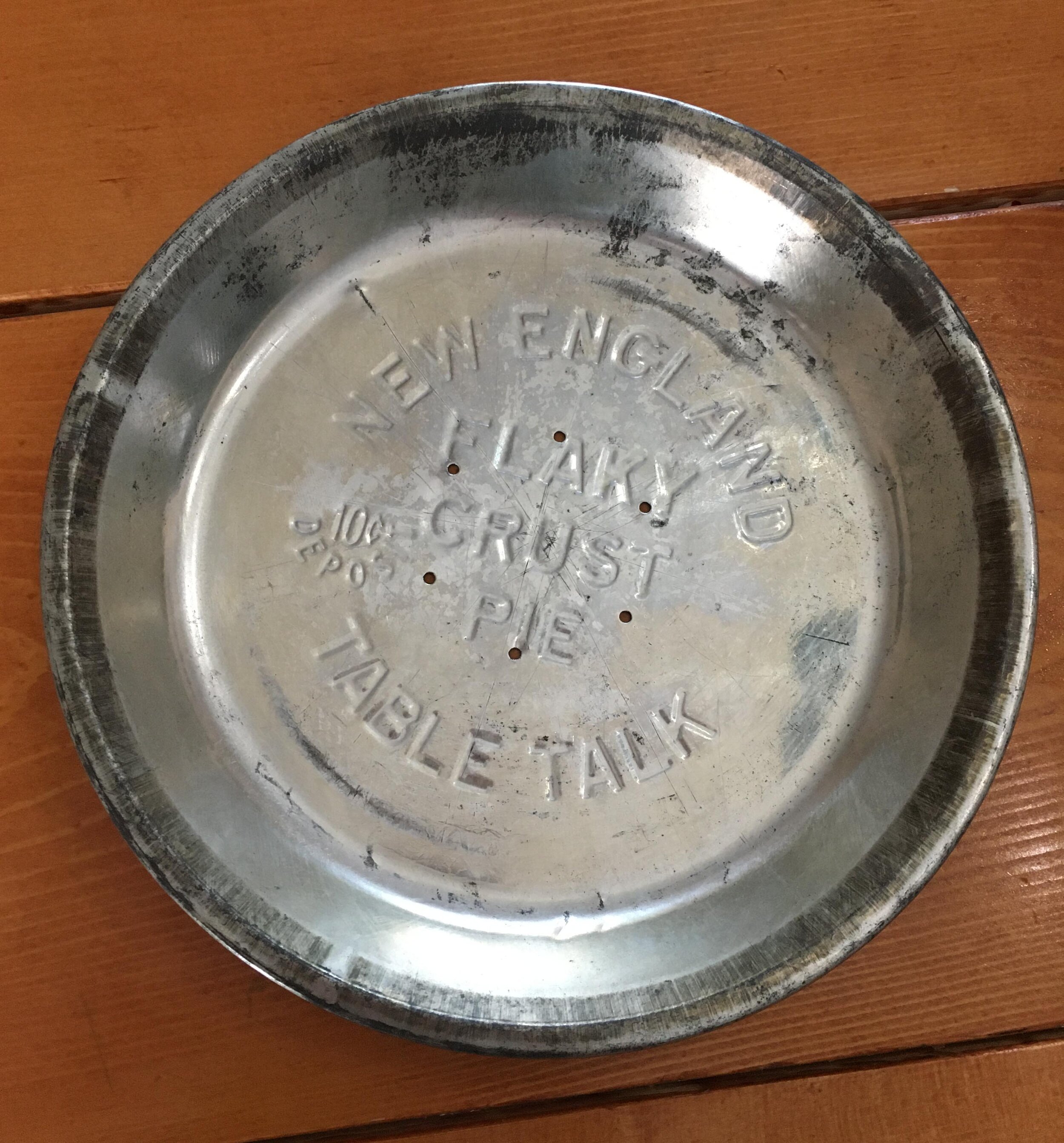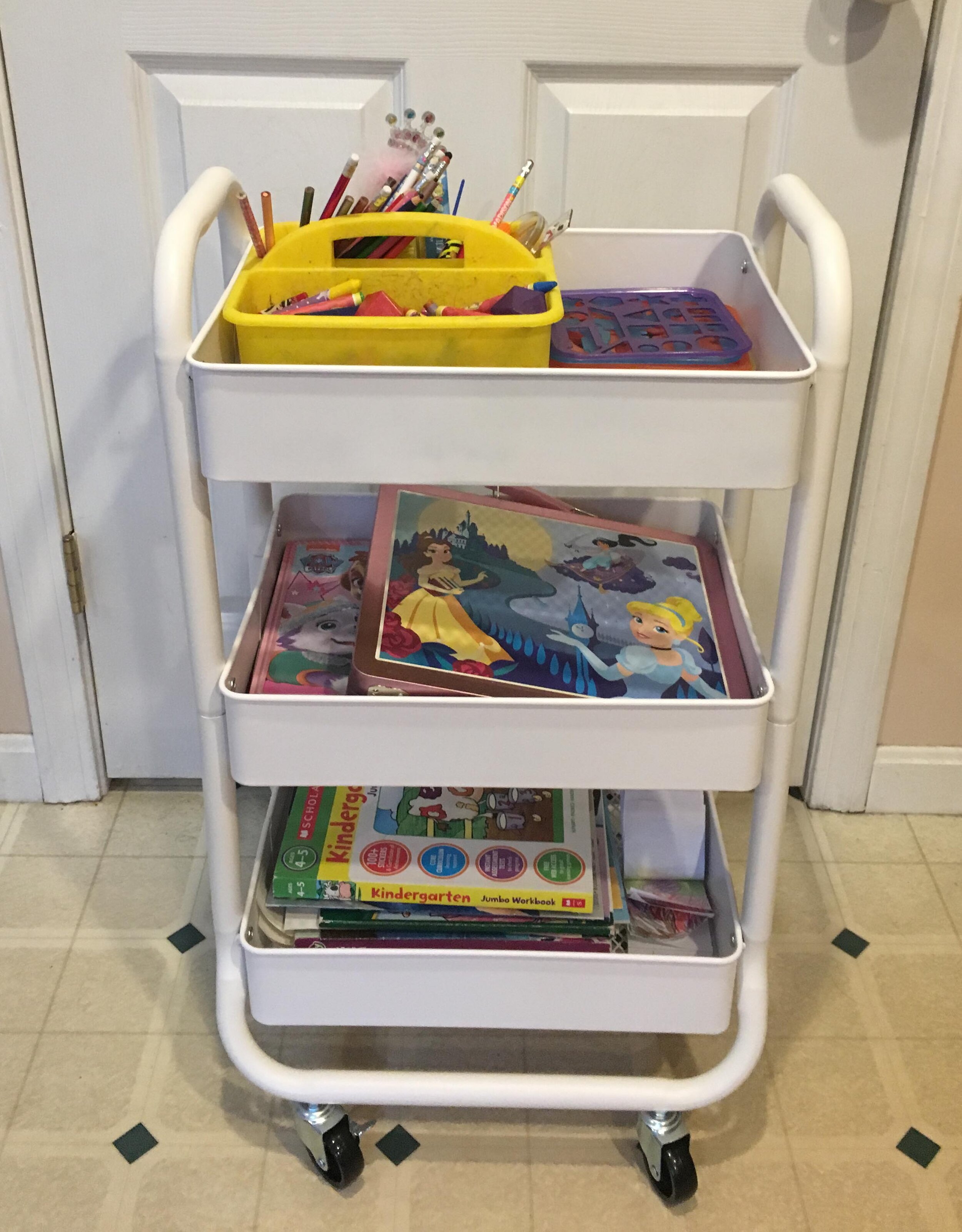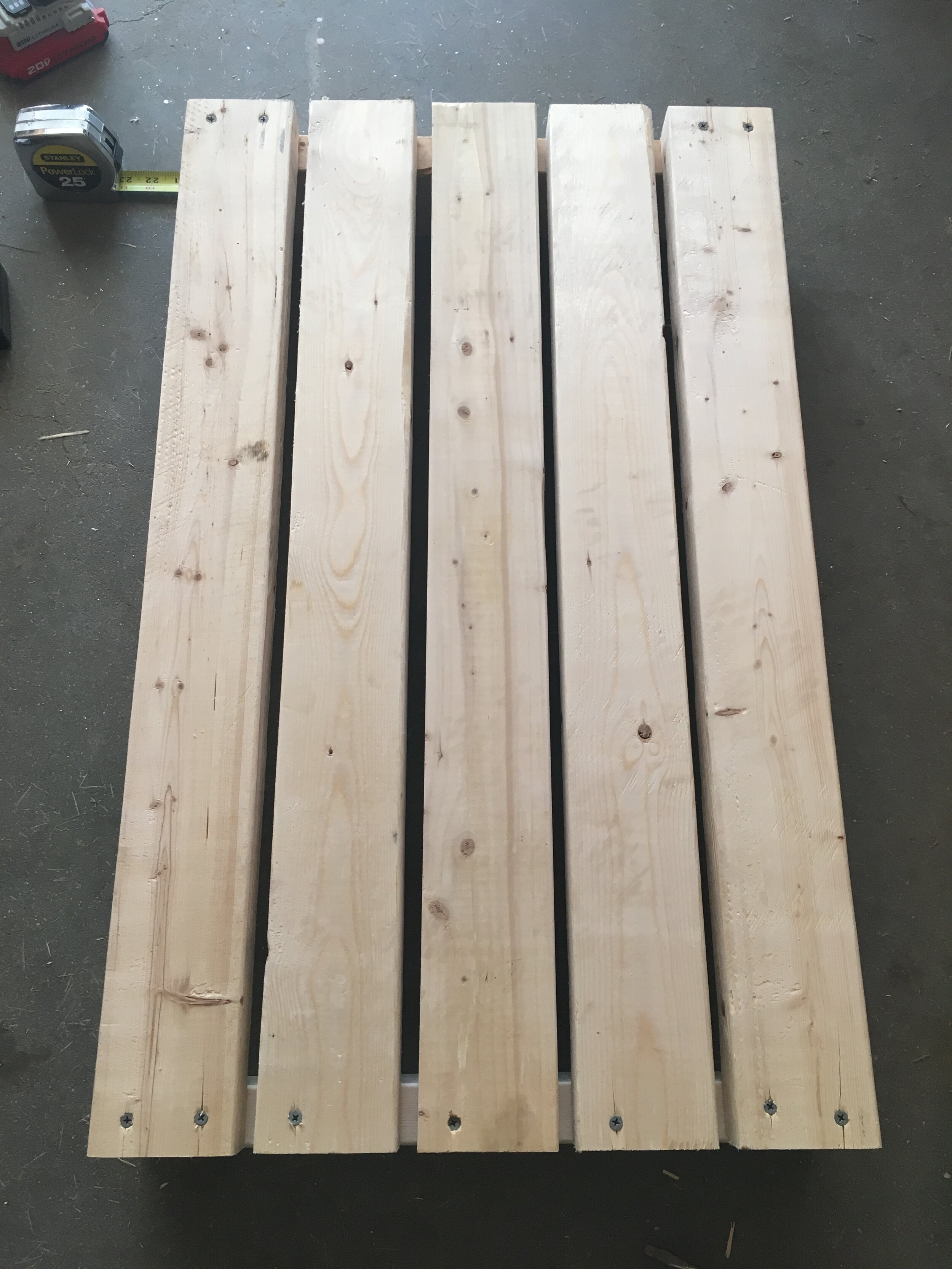Preparing for the Novel Coronavirus
Whether you believe the extent of the hype about the Novel Coronavirus (COVID-19) or not, you should still take it very seriously. This is unprecedented for our generation and a lot of people are in denial that something may be so out of our control.
I wanted to share this link to a post by Scientific American that I found - I felt like this was a really calm and helpful perspective on why we should prepare now - and no, you don’t have to go overboard. We personally bought extra groceries this week, along with diapers, dog food, and the OTC medicine our toddler takes daily. I'm also planning on taking this opportunity to potty train her so we hopefully don't run out of diapers.
I pray this virus doesn't become a widespread issue but it's best to prepare now.
The whole point of being cautious and complying with “social distancing measures” is to keep our hospitals and medical personnel with their heads above water - because if this outbreak becomes large it will overwhelm our capabilities, which would be bad for everyone but especially our vulnerable populations (elderly, those with chronic illness, etc). So please, I ask you to take it seriously and prepare - then hope and pray for the best. Stay healthy out there! <3
KEEP UP WITH BIRCH LANDING HOME
| Etsy | Facebook | Instagram | Pinterest | Bloglovin' | Hometalk |
